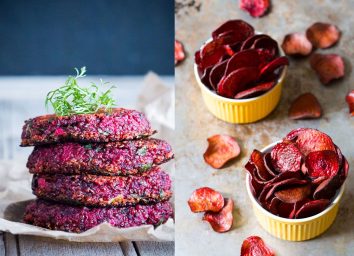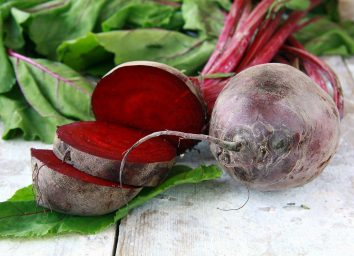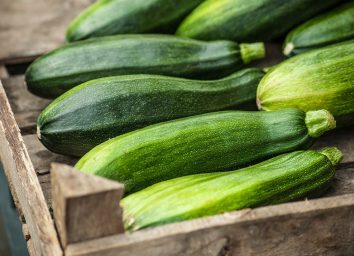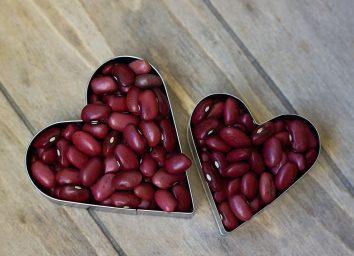Here's Why You Should Add Beets to Your Diet
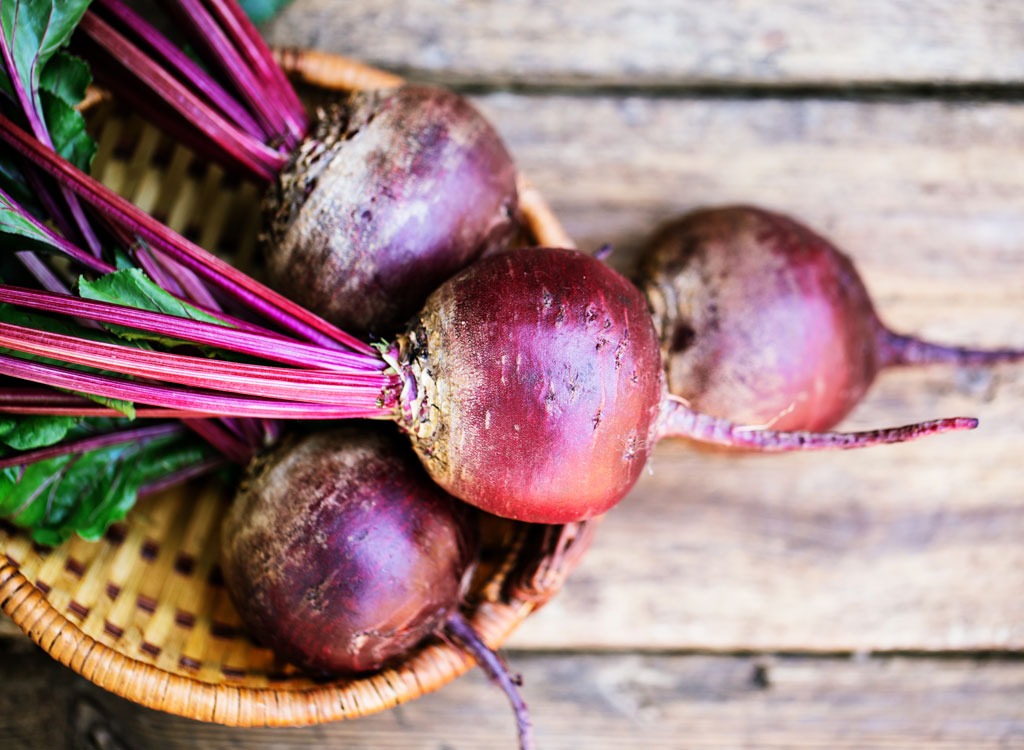
If you're looking for a nutritious addition to your diet, few superfoods compete with the value of beets. The root vegetables are packed with nutrients and fiber, as well as antioxidants. Despite their numerous health benefits and vibrant color, though, not everyone will eat beets. They're a polarizing food, with some tasters finding them sweet and delicious, and others repelled by their smell.
Even if you don't like the flavor, though, there are still ways to add beets to your diet and reap their benefits. And with so many vitamins, it's worth a try. Here's a bit more about what you should know about beets, including when they're in season, their health benefits, and some creative ways you can use them.
What are beets, and why do some people hate them?
A root vegetable grown for its edible roots and leaves, the beet is often distinguished for its "earthy" taste. The reason behind the descriptor is that beets contain geosmin, a compound produced by bacteria. Geosmin gives beets that earthy taste and smell; it's actually the same compound you'll smell when you step outside after the rain.
The human nose is sensitive to geosmin, and that sensitivity plays a big part in your enjoyment of—or aversion toward—beets. So if you're not a fan of the root veggie, it's not totally your fault. But if you do love beets, you're in good company—they've been a part of human diets for thousands of years.
Packed with nutrients and fiber, beets have been serving a variety of purposes for as long as people have been on earth. Over the years, they've been used as medicine and as an aphrodisiac. Beets even made for a makeshift lipstick in the 19th century. Today, though, they're more recognized for their high nutrition content than for their alternative uses.
What are the different types of beets?
These root vegetables range in color from the jewel-like crimson of red beets to cream-hued white beets. Red beets are the most recognizable variety, and they're probably what comes to mind when you think of beets. But you've probably eaten foods made with sugar from white beets without even realizing it.
White beets have the most sugar of the three beet varieties, hence why they're known as "sugar beets." As much as 60% of the United States' sugar production comes from beets, with the rest coming from cane sugar.
In addition to red and white beets, there are Chioggia beets, which have a red-and-white ringed flesh, and golden beets, as well as a number of lesser-known beet types. And fun fact: Swiss chard is also a member of the same plant family that beets are from.
What do beets taste like?
Descriptions of the taste of beets range from earthy, gritty, dirty, or sweet, depending on how they're prepared. Roasting beets will make the flavor stronger and bring out some of their sweetness. Boiling beets, meanwhile, will reduce the strength of their taste.
Chef Michael Stechly of Michael Stechly Wellness includes beets on the menu for his private clients. But he advises pairing the root vegetable with other flavors for a more pleasing taste. "Beets tend to turn people off due to the dirt-like flavor," Stechly says. "So to counteract that, it is vital to pair beets with vibrant flavors to balance out the palate."
If you're not sure where to start, you can't go wrong with these beet recipes, which include everything from beet hummus to beet pesto pizza. And don't forget about the beet greens and beetroot, too.
When are beets in season?
Beets prefer mild temperatures, so they're best in the spring or early fall. Extreme heat or cold can affect beets' color, and freezing temperatures can harm the roots. So the cooler (but not freezing) seasons are the best time for these root veggies.
What are the health benefits of beets?
Chloe Paddison, the registered dietitian behind Cureative Nutrition, explains that beets can help your body in a number of ways.
"They have carotenoids for eye health and nitrates," Paddison says of the root vegetable. "They are well-known to be vaso-dilators, helping to increase blood flow, which helps blood pressure, brain function, and athletic performance."
Plus, beets are high in antioxidants, as well as fiber. One cup of raw beets has 3.8 grams of fiber. And fiber is essential for a healthy diet—it can lower cholesterol and keep you feeling fuller for longer.
And if you've heard about eating colorfully when it comes to fruits and vegetables, beets play into that advice, too. "The reason we focus on eating the rainbow of food is that color signifies a high nutrient content," Paddison explains. "Different nutrients are correlated with different colors, so things that are really bright red and have strong color tend to be very well-known for their anti-inflammatory benefits."
With their bright color and the large list of nutrients, beets are one of the most nutritious vegetable choices that you can make. The root vegetable can lower blood pressure and support brain health, in addition to the digestive benefits the fiber provides.
What are some creative ways to use beets?
Stechly pairs beets with salad, using mixed greens, toasted walnuts, fresh goat cheese, and diced, roasted beets. He coats the whole mix with a balsamic and herb vinaigrette. The chef also makes a raspberry and beet puree combining the natural beet flavors, the sweetness of the raspberries and vinegar to brighten the flavors. Preparation is easy, but you'll want to make sure to practice food safety.
"Beets need to be trimmed and washed before roasting to ensure any dirt or impurities are removed prior to the roasting process," Stechly says. You can also buy pre-washed packages of beets to make adding them to a salad a snap. If you are cutting raw beets, though, keep in mind that the juices can stain, so you'll want to wear an apron.
Paddison, meanwhile, adds beets into unexpected dishes, like smoothies. "Beets naturally have a sweetness to them. Blended, cooked beets work included in a smoothie," Paddison says. "Puréed beets can create a hummus-like dip. Cubed beets are great with goat cheese and pecans, a good flavor and texture combination."
How do you roast beets?
Still, one of the most popular, and simple, ways to use beats is by roasting them. Paddison suggests wrapping skin-on beets in tinfoil and roasting them at 400°F until they're soft enough to pierce with a fork. "The texture is almost like a roasted potato: meaty and starchy with a subtle sweetness," the dietitian explains.
Not crazy about the taste of beets? You can also fold them into recipes like these dark chocolate beet brownies from Pinch and Swirl, and you won't even notice they're there. And if you don't want to cook them at all, some grocery stores even sell beet chips and spiralized beets, which you can use as a pasta substitute in savory recipes.
If you are one of the lucky people who don't mind the earthy element of the flavor of beets, you probably already enjoy their nutritional benefits. But if you suffer from a beet aversion, there are still plenty of ways to sneak this superfood into your diet. However you choose to eat them, you'll reap plenty of benefits from this nutrient-rich superfood.
